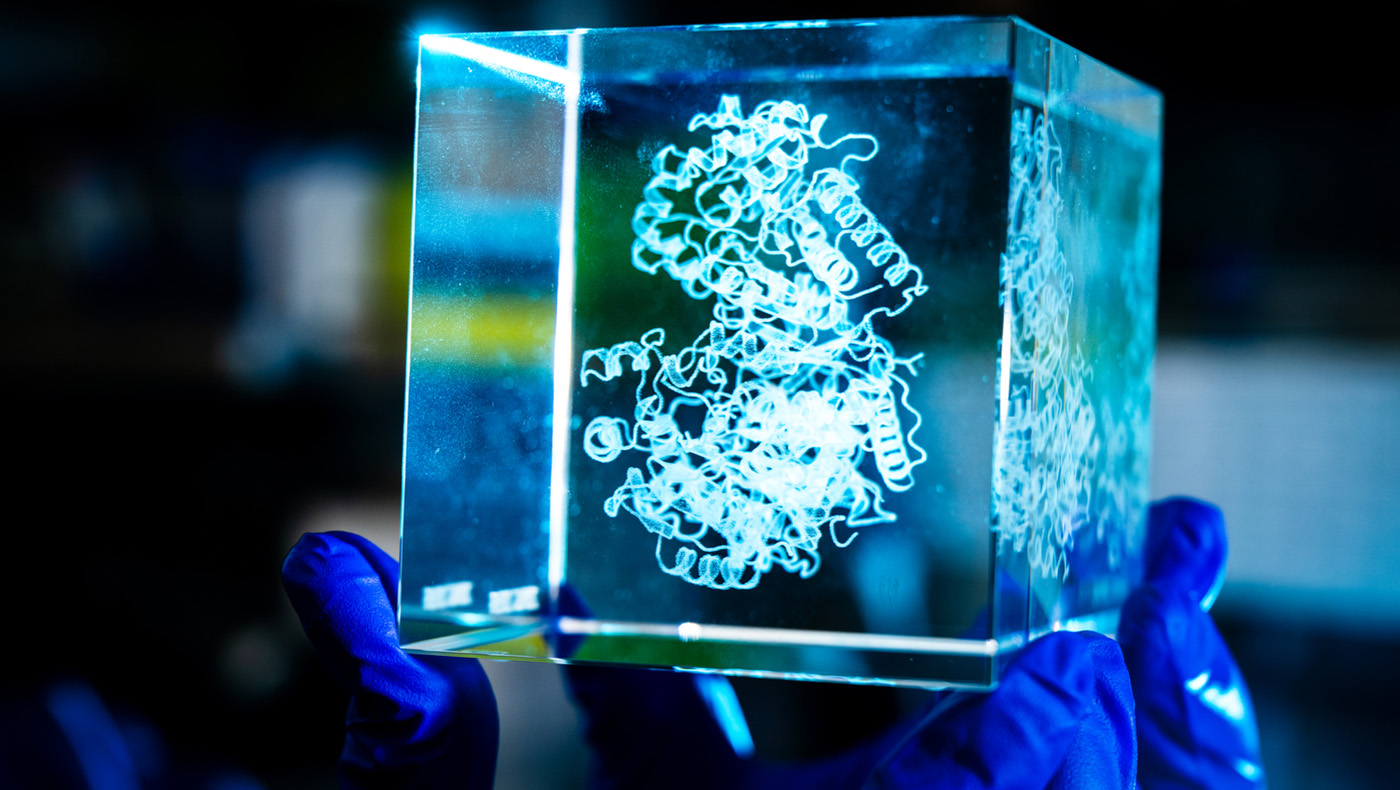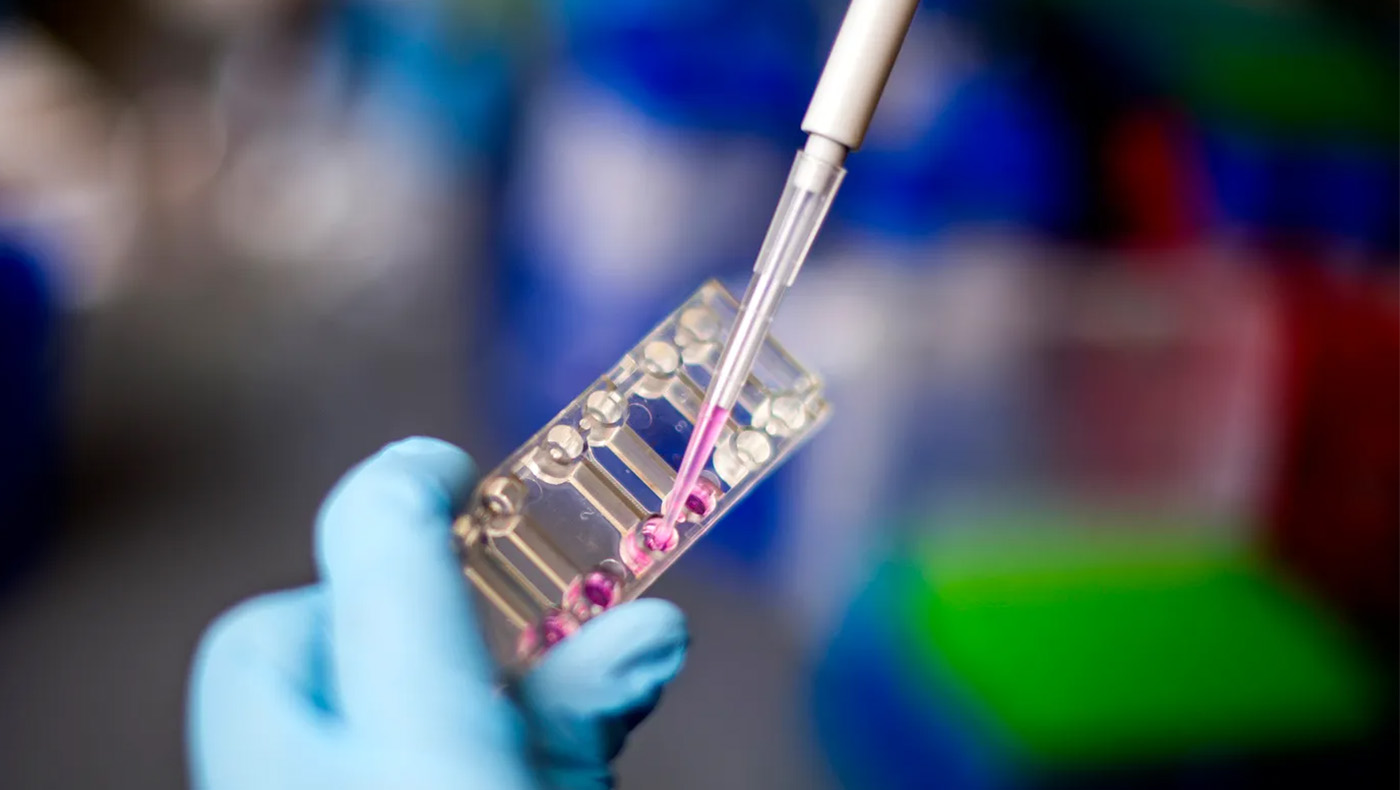Northeastern University researchers used an original machine learning tool to predict how genetic mutations cause a rare metabolic disease known as OTC deficiency, uncovering some underlying biochemical mechanisms at play and laying the groundwork for future treatments.
Ornithine transcarbamylase (OTC) deficiency is a genetic disorder that impairs the body’s ability to safely eliminate ammonia, a byproduct of the normal recycling of proteins that happens in cells. Ammonia buildup can be toxic and can lead to serious harm, including brain or liver damage and even death.
A research team led by Northeastern professors of chemistry and chemical biology Mary Jo Ondrechen and Penny Beuning combined their original machine learning tool, called Partial Order Optimum Likelihood, or POOL, with biochemical laboratory experiments to study dozens of mutations in the OTC gene. This gene produces the OTC enzyme — a protein that accelerates chemical reactions — which is part of the cycle that converts nitrogen into urea so the body can excrete it in urine.
Read more at Northeastern Global News
Photo by Alyssa Stone/Northeastern University









